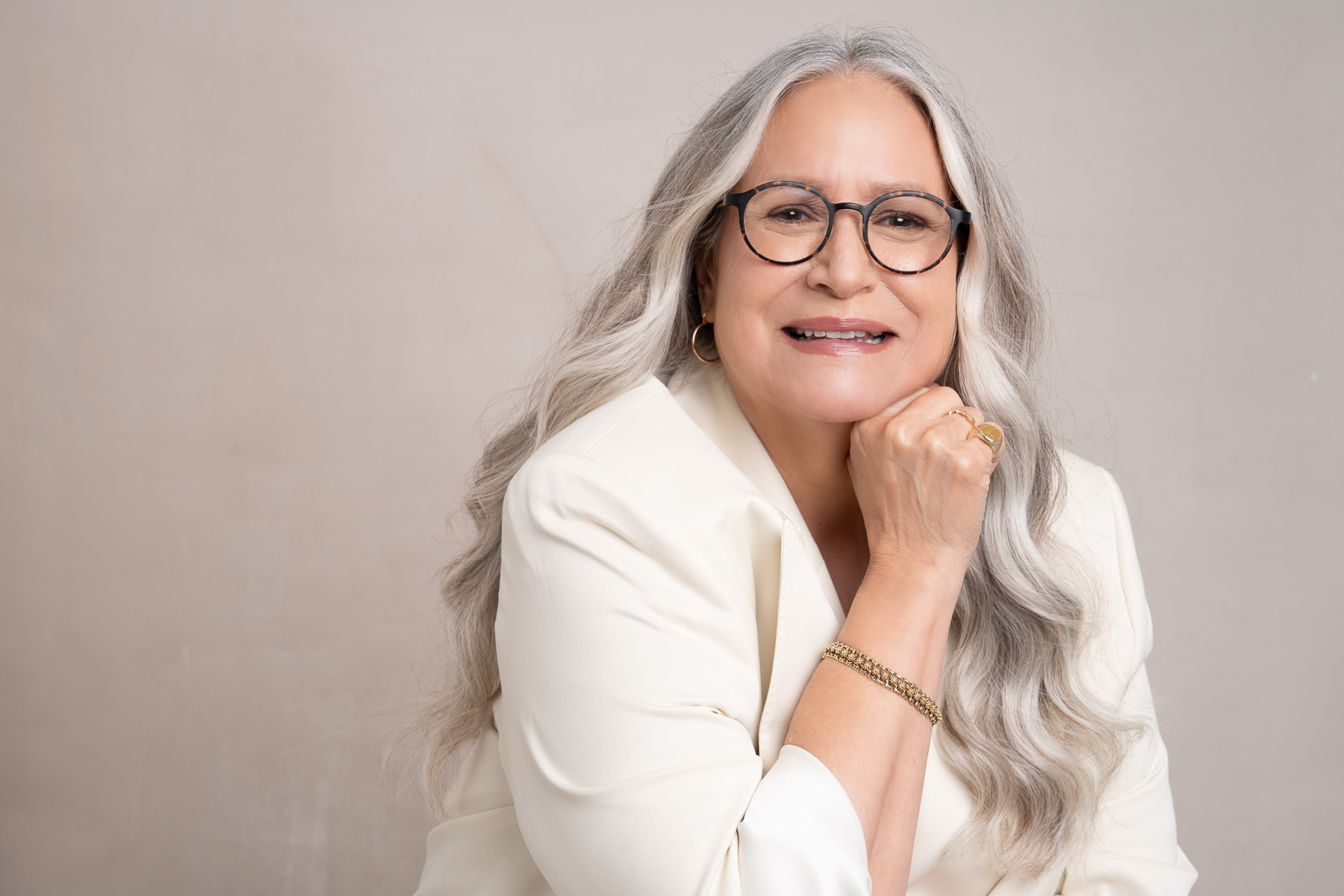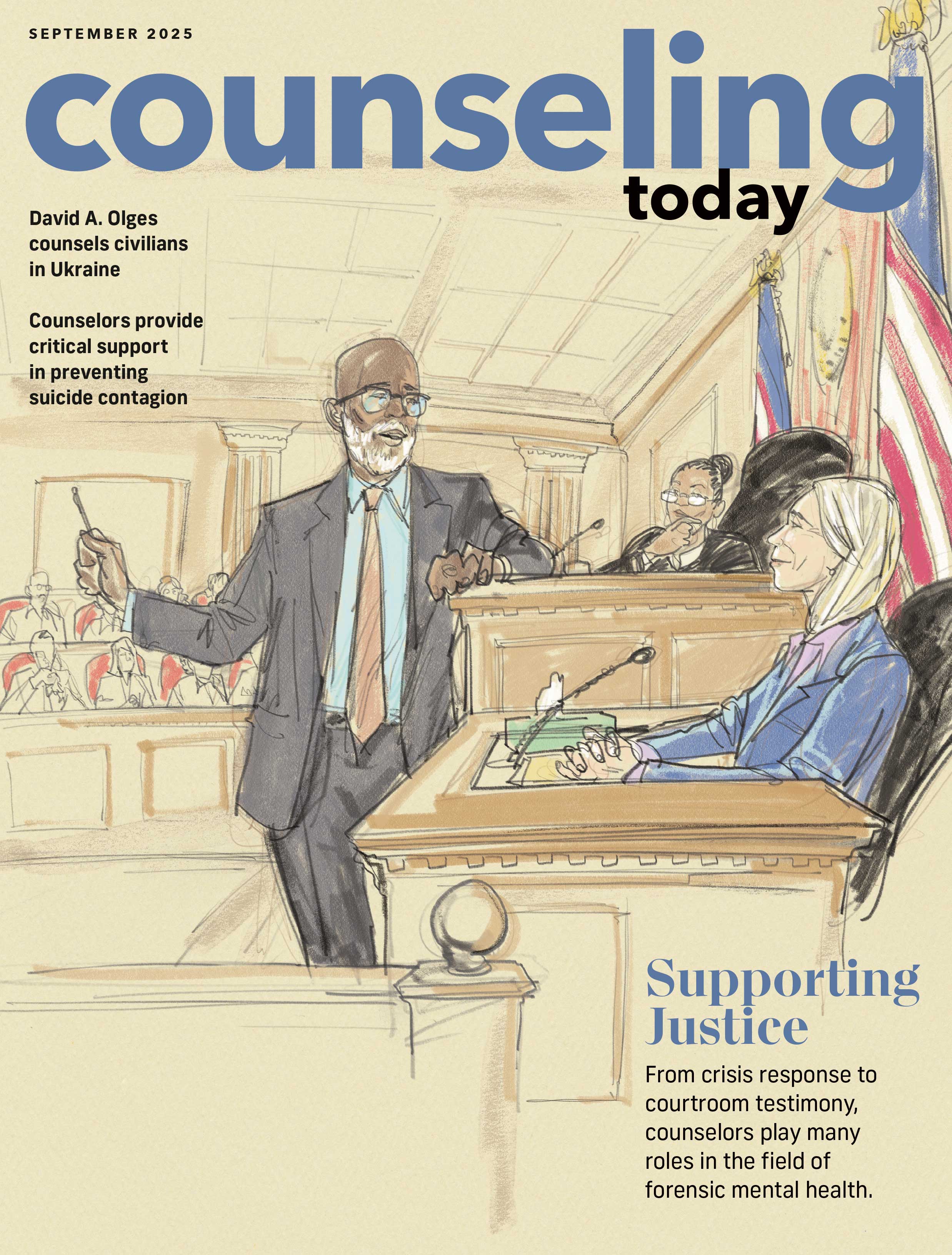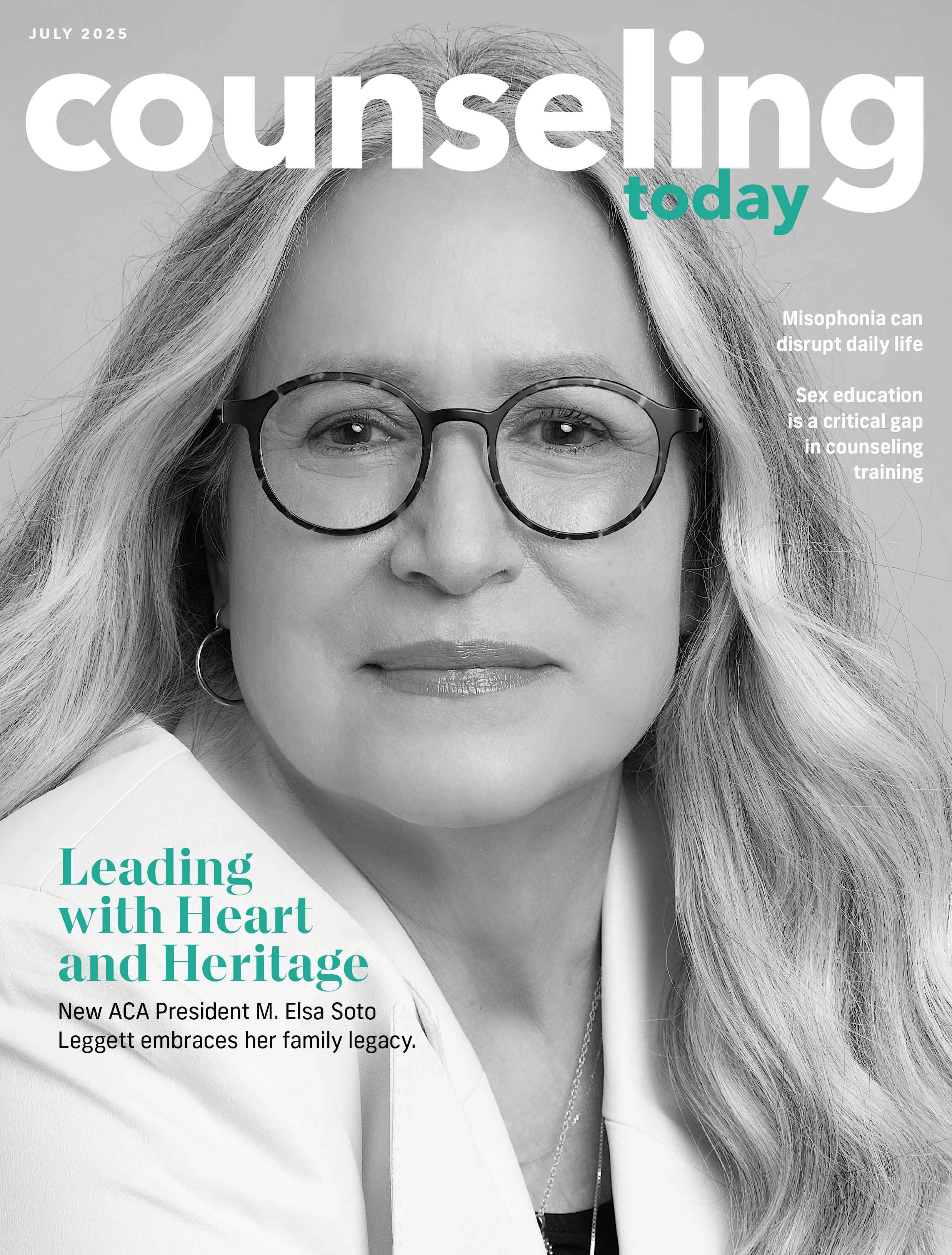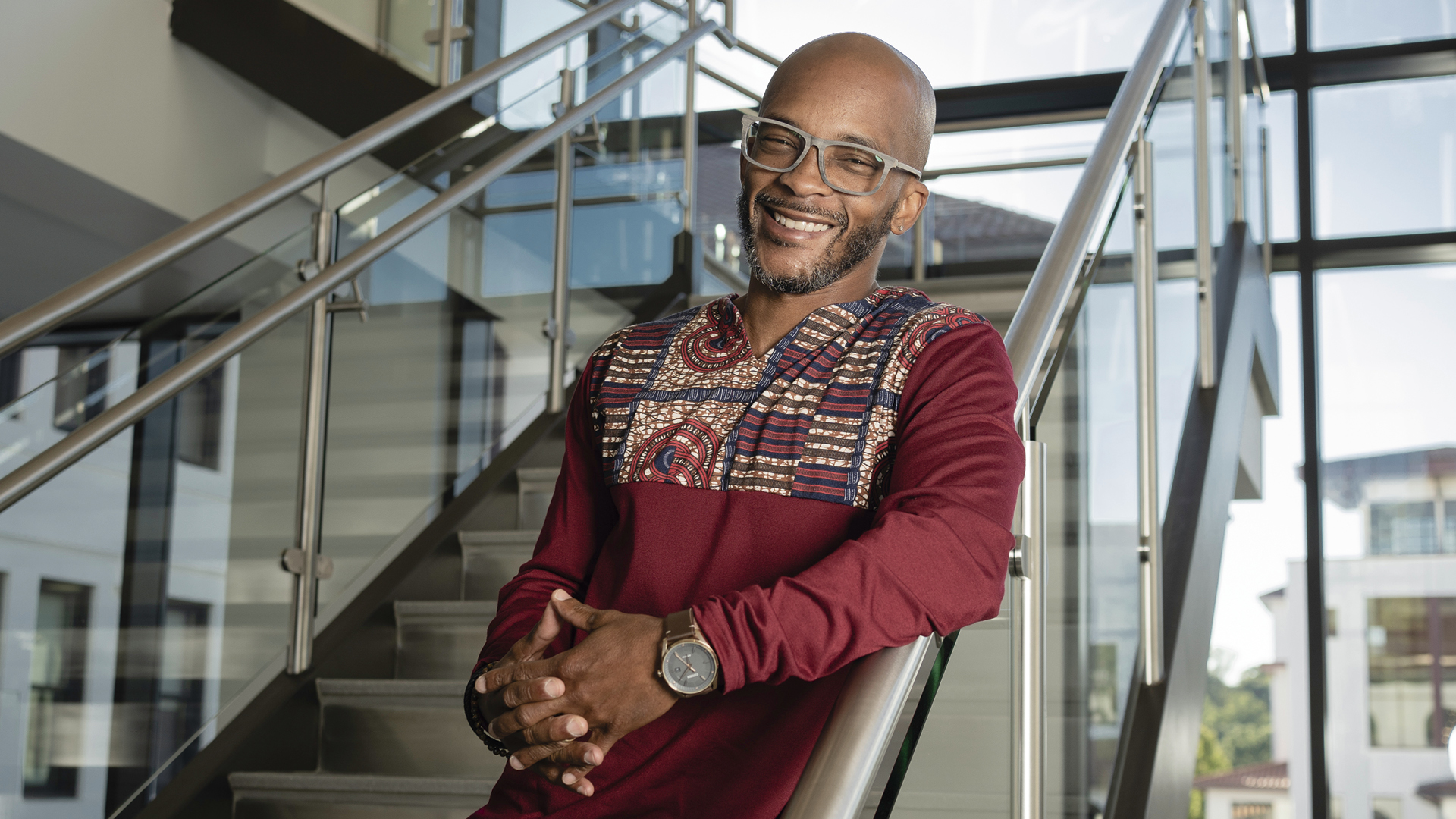
Strength of a Father
Michael Hannon is on a mission to center Black fathers.
Counseling Today Member Blog
By Anida Pobric, MA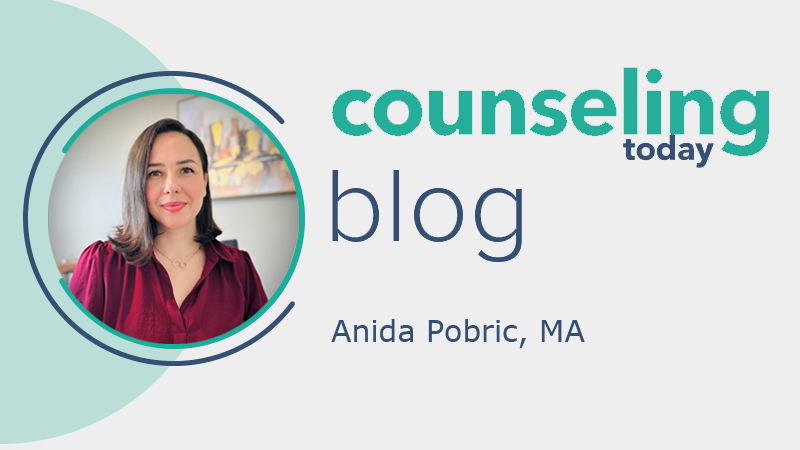
I remember a time before the internet that serves as my reference point for understanding connection. I vividly recall life before smartphones and social media transformed how we connected with one another.
Now, we have generations of children whose friendships and communication patterns are often shaped by experiences in digital spaces, such as conversations during online gaming or interactions through social media. While digital experiences are still moments of connection, they may offer fewer opportunities for deep reflection and presence to build emotional closeness.
Helping Children Build Connection and Meaning
This cultural shift in how children and families connect presents both a challenge and an opportunity for counselors: How can we help people find balance between digital connection and deep, intentional engagement?
Here are some strategies to consider:
- Narrative Therapy: Many children are unaware of what connection feels like without technology. Counselors can help children build personal narratives that focus on meaningful offline experiences. For children from marginalized or bicultural backgrounds, this may include exploring family stories, cultural traditions or community gatherings that foster connection. This might include identifying moments when they felt connected, exploring what made those moments meaningful and brainstorming ways to recreate those feelings.
- Mindfulness Practices: Technology encourages constant stimulation, which can make quiet, intentional connection feel unfamiliar. Counselors can teach children mindfulness strategies that promote presence, patience and focus. Simple techniques like mindful breathing, sensory grounding exercises or guided reflection can help children slow down and reconnect with their environment. Research highlights mindfulness as an effective intervention for improving emotional regulation and reducing anxiety in children.
- Values-Based Counseling: In Acceptance and Commitment Therapy, counselors guide children to identify values like kindness, curiosity or family connection. From there, children can brainstorm small rituals that align with those values — such as a weekly kindness hour, where they connect with others through meaningful gestures, or participating in cultural practices that reinforce compassion, respect or gratitude.
- Relational-Cultural Therapy: For children who struggle to connect with peers or family members, exploring relational patterns can help. Counselors can guide children in recognizing how technology influences their relationships and explore ways to create meaningful moments within their routines. Examples include using video games as a shared bonding experience or having thoughtful conversations during screen time. For children from collectivist cultures who feel isolated from extended family, they could be encouraged to become the "family journalist," creating and sharing short videos for a private family channel to maintain their cherished role within that network. Thereby reinforcing family connection to include adapting technology use to support extended family ties or community involvement.
- Experiential Exercises: Creative interventions like guided storytelling, art projects or role-play can help children explore what meaningful connection looks like for them. These activities can empower children to shape their own rituals in ways that feel natural and engaging.
Teaching Connection as a Family Practice
Meaningful engagement isn’t just a lesson for children; parents, caregivers and adults can also embrace it. To teach children how to slow down, connect deeply and develop patience, adults can show a willingness to do the same. The very practices we often rush past — like uninterrupted storytelling, collaborative problem-solving or simply allowing conversations to unfold naturally — may be exactly what families need to rediscover connection. By exploring how cultural values shape connection, counselors can help families include rituals that honor their unique traditions and heritage while encouraging families to rediscover the joy in these moments.
Children can learn to find a balance between the world inside their devices and the world in which these devices live. Families can also recognize the quiet unraveling of communal spaces, shared rituals and patient conversations — and intentionally choose to stitch this connection back together. As counselors, caregivers and community members, we are not just helping families adapt. We are holding space for a larger cultural shift that invites us to reclaim time, attention and depth in an age that often pulls us away from deep connection.
By guiding both children and adults to rediscover connection, we’re not just addressing a clinical need — we’re participating in the quiet repair of something deeply human.
Note: Opinions expressed and statements made in this blog do not necessarily represent the policies or opinions of ACA and its editors.
Online Exclusives
-
 The Myths (and Truths) of Human TraffickingJuly 2025 |By Samantha Cooper, Staff Writer
The Myths (and Truths) of Human TraffickingJuly 2025 |By Samantha Cooper, Staff WriterUnderstanding the reality of human trafficking makes it easier to help the victims.
-
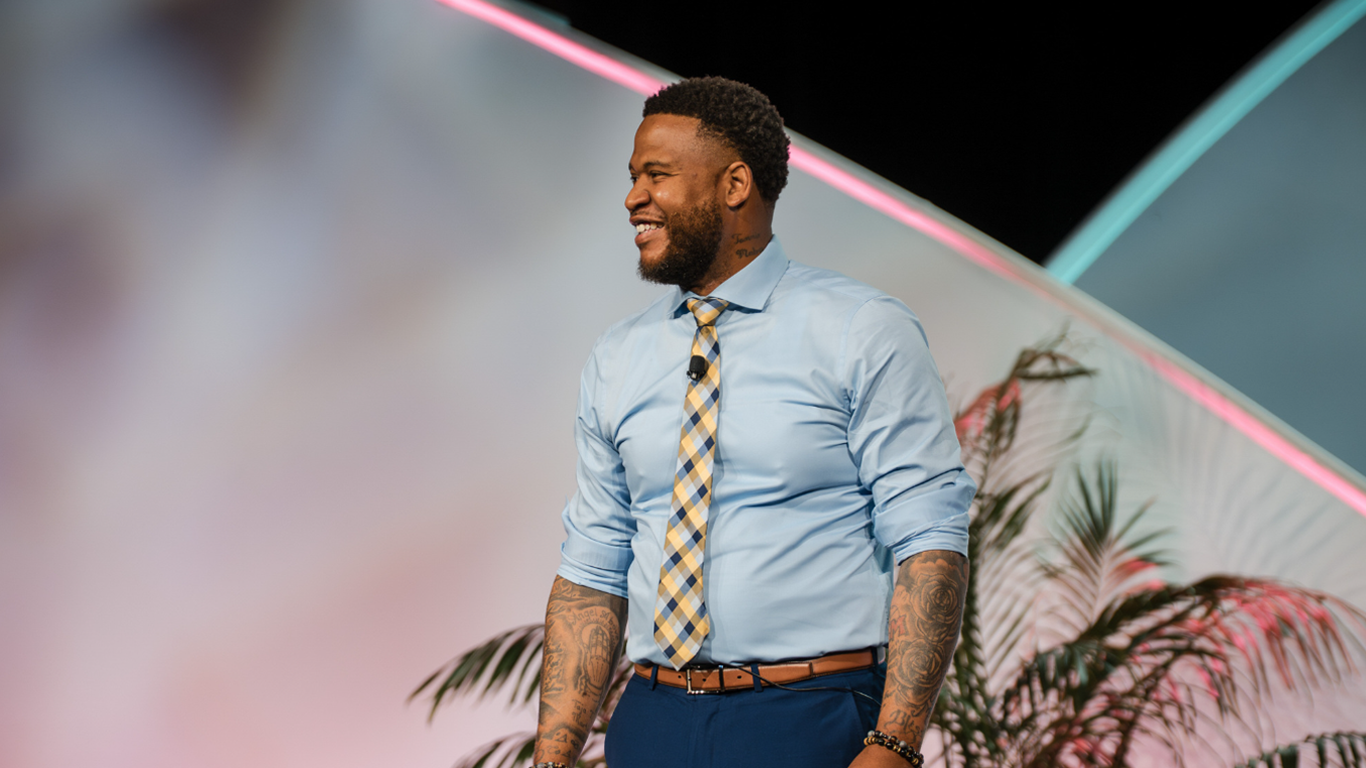 General Session Recap: Dr. Tommie Mabry on Childhood TraumaMarch 2025 |By Caren Clark
General Session Recap: Dr. Tommie Mabry on Childhood TraumaMarch 2025 |By Caren ClarkTommie Mabry, PhD, discusses the power of intervention as a protective factor for youth with adverse childhood experiences.
-
-and-jeanette-betancourt-(right)ebdb.png?sfvrsn=ffae5bd0_2) General Session Recap: Nourishing Young Children’s Well-BeingMarch 2025 |By Caren Clark
General Session Recap: Nourishing Young Children’s Well-BeingMarch 2025 |By Caren ClarkDay two of the 2025 ACA Conference & Expo featured a discussion of strategies and resources to promote the mental health of children and youth.
Search CT Articles
Sign Up for Updates
Keep up to date on the latest in counseling practice. Sign up to receive email updates from Counseling Today.
CT on YouTube
Download Recent Issues
ACA members receive access to past full issues of Counseling Today. Log in to download copies from the archive.





